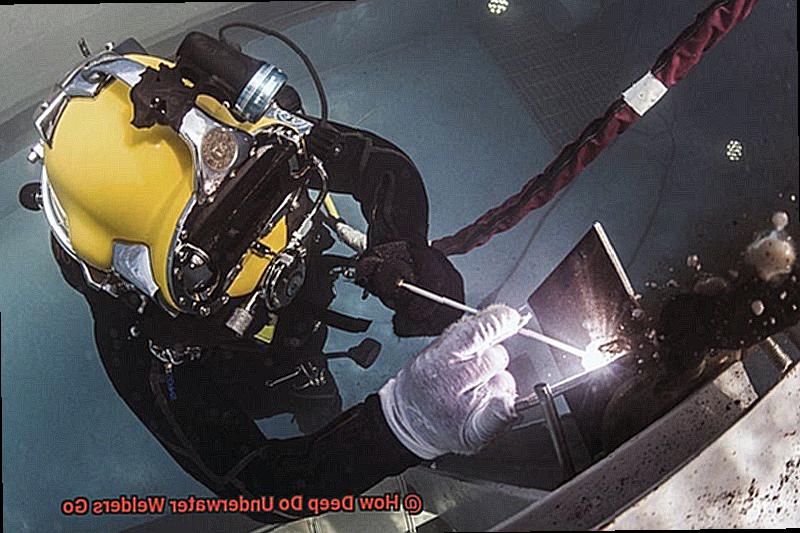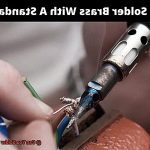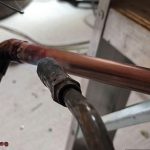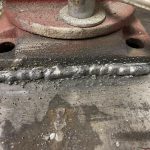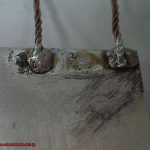Are you fascinated by the daring and dangerous world of underwater welding?
This profession requires skilled expertise, bravery, and a passion for adventure. But have you ever wondered just how deep underwater welders go to accomplish their job?
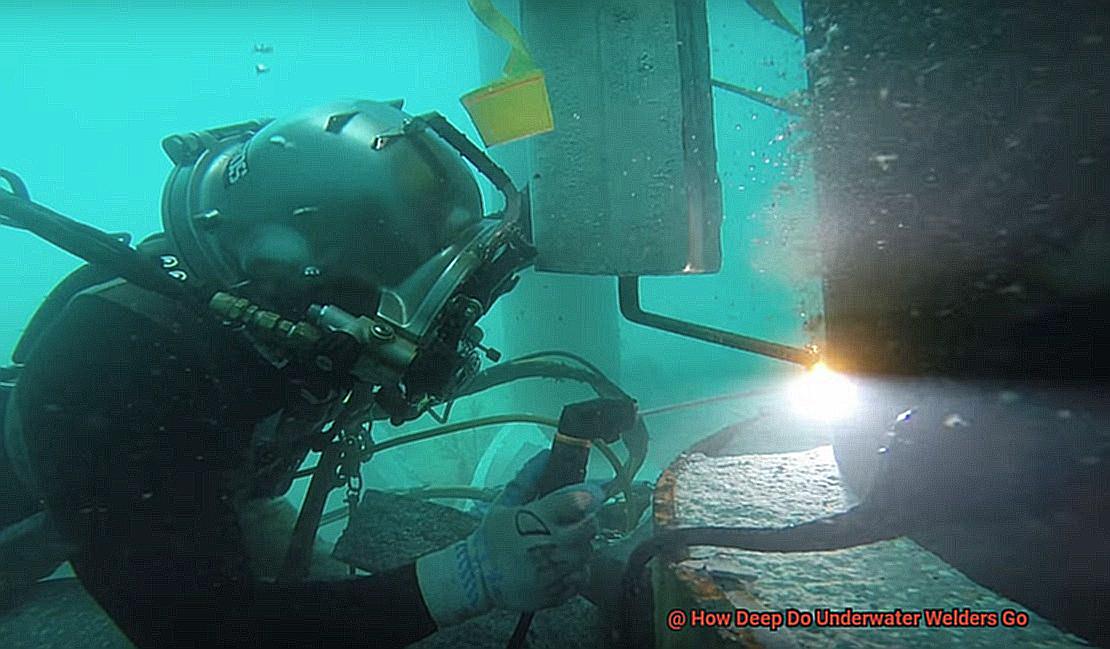
It’s an intriguing question that demands exploration, and we’re here to provide answers. Underwater welding is a demanding and critical job that involves joining two pieces of metal under the water’s surface.
The task is undertaken under higher pressure, challenging conditions, and requires diving into deep waters. A welder’s ability to perform this task depends on the depth of the dive, which can vary from shallow to extreme depths.
Factors such as certification, experience, and specialized equipment are essential considerations. Underwater welding can take place in various locations such as oil rigs, bridges, and ships.
However, the depth involved in welding differs depending on the site. In some cases, welders operate at depths of up to 1,000 feet underwater – a truly mind-boggling feat.
Going this deep underwater requires specialized equipment, training, and planning to ensure successful work with guaranteed safety. In summary: underwater welding is a risky yet rewarding profession that demands experience, dedication and courage.
In this blog post we’ll delve deeper into the depths at which underwater welders work and explore what makes this job both difficult and complicated.
What is Underwater Welding?
Contents
This specialized form of welding is not for the faint of heart. It requires a high level of skill, experience, and bravery to work in an environment where water pressure, limited visibility, and potentially hazardous marine life are constant challenges.
But what exactly is underwater welding, and how does it work? Underwater welding is the process of welding in an underwater environment.
It is a complex and challenging process that requires specialized equipment, training, and experience. Underwater welders use a variety of tools such as cutting torches, grinders, and hydraulic tools to repair ships, oil rigs, and pipelines.
There are two main types of underwater welding: wet welding and dry welding. Wet welding is the most common type of underwater welding and involves using electrodes that are specifically designed for use in a wet environment.
It requires the welder to wear a diving suit, helmet, and regulator. Dry welding, on the other hand, involves welding in a dry environment using a hyperbaric chamber.
This type of welding is less common but is used for more complex projects that require greater precision. Regardless of the type of underwater welding, it is a complex process that requires specialized training and experience.
Underwater welders must have a thorough understanding of diving techniques, welding techniques, and safety procedures to perform their work safely and effectively. They must also be able to work in a variety of environments ranging from deep water to strong currents and low visibility conditions.
One of the main factors that makes underwater welding dangerous is the depth at which it is performed. While most underwater welders work at depths ranging from 20 to 100 feet, some may be required to work at much greater depths.
These deeper dives require specialized equipment and training as well as physical and mental endurance. Underwater welders play an essential role in maintaining the world’s infrastructure.
They are responsible for repairing and maintaining ships, oil rigs, and pipelines, ensuring that they continue to function safely and efficiently. Without underwater welders, we would not be able to transport goods and resources across the world’s oceans.
In conclusion, underwater welding is a fascinating and challenging process that requires specialized training and experience. Underwater welders work in a demanding environment, facing extreme water pressure, limited visibility, and potentially hazardous marine life.
Despite the risks, underwater welding is a critical field that plays a vital role in maintaining the world’s infrastructure.
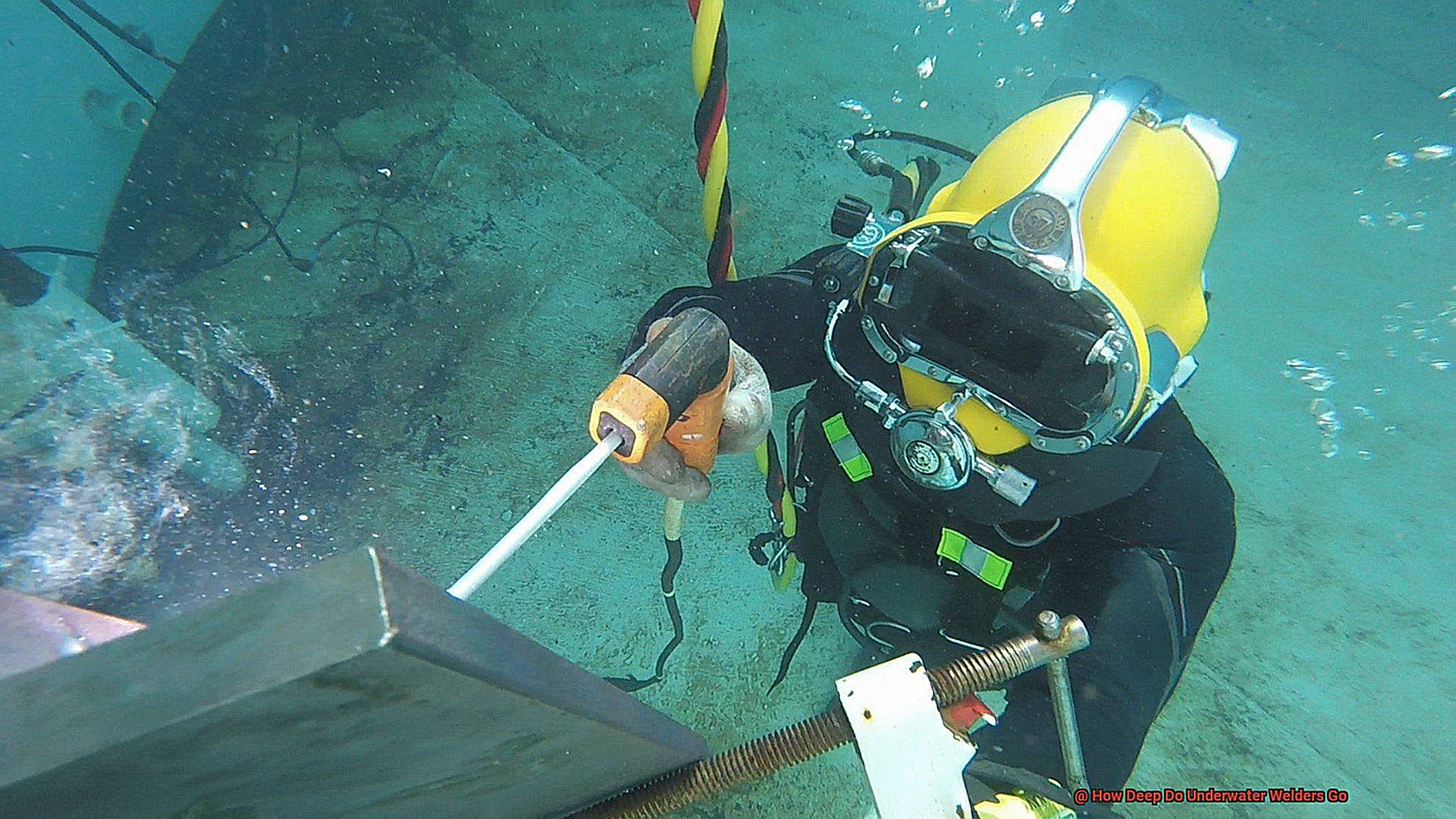
Factors that Affect Depth for Underwater Welders
Firstly, the type of welding being performed is a critical factor.
Wet welding, done directly in the water, is typically done at shallower depths than dry welding, which requires an enclosed environment. Wet welding is more challenging to maintain a stable arc in the presence of water.
Therefore, it is usually performed at depths up to 50 meters, while dry welding can be carried out at depths up to 600 meters. Secondly, the equipment used plays an equally crucial role.
The welding machine must withstand high pressure and a corrosive environment underwater. Furthermore, the diving gear and breathing gas used must become more complex and specialized as the dive gets deeper.
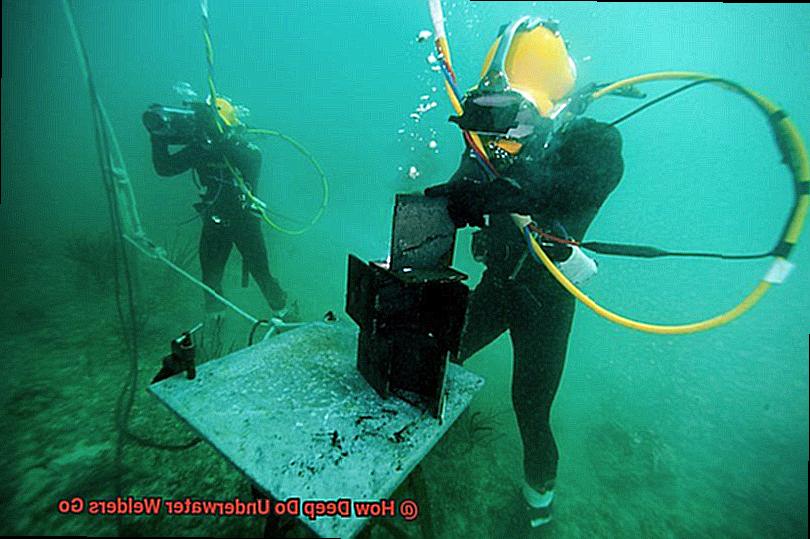
The diving gear must handle high pressures, while breathing gas mixtures must be carefully chosen to prevent decompression sickness. Lastly, environmental conditions also impact an underwater welder’s ability to perform their job safely and efficiently.
Water temperature affects how long a diver can stay submerged before succumbing to hypothermia. Visibility is vital because low visibility makes it difficult for divers to see what they are working on.
Additionally, wave action and currents add an extra layer of complexity to the job. In conclusion, successful underwater welding requires a high level of skill, bravery, experience, specialized equipment, training, and strict safety protocols.
General Depths for Underwater Welding Projects
One of the most challenging aspects of underwater welding is working at various depths.
Let’s take a closer look at the general depths for underwater welding projects, the equipment required, and the vital skills needed to work safely and efficiently. Shallow water projects involve repairing and inspecting structures such as docks, piers, and small boats in depths ranging from 10 to 30 feet.
The water pressure at this depth is relatively low, allowing divers to work for extended periods without experiencing discomfort or fatigue. However, even in shallow waters, underwater welders must use specialized equipment and follow strict safety protocols to ensure their safety.
For mid-range water projects, underwater welders may work in depths ranging from 30 to 100 feet. These types of projects involve maintenance and repair work on offshore oil rigs, pipelines, and larger vessels.
At these depths, the water pressure increases significantly, requiring divers to use special equipment such as decompression chambers to prevent decompression sickness. Underwater welders working at mid-range depths must have an excellent understanding of diving techniques and welding skills to work safely and efficiently.
Deep sea projects involve the construction and maintenance of large structures such as bridges and dams or the repair of oil rigs located in deep-sea environments. These types of projects require underwater welders to work in depths ranging from 100 to 300 feet or more.
At these depths, the water pressure is extremely high, making it challenging for divers to work for extended periods without experiencing discomfort or fatigue. Divers working at these depths must use specialized equipment that enables them to breathe a mixture of helium and oxygen to avoid nitrogen narcosis, which can be fatal.
So, underwater welding is a demanding field that requires specialized training, equipment, and strict safety protocols.
The general depth for underwater welding projects varies depending on the project’s requirements, but regardless of the depth, underwater welders must possess a unique set of skills that allows them to work efficiently and safely in challenging environments.
From repairing small boats to constructing massive underwater structures, underwater welding remains a vital aspect of many industries such as maritime construction, offshore oil drilling, and infrastructure maintenance.
Deeper Depths for Underwater Welders
Deeper depths for underwater welders are becoming more common as the demand for offshore infrastructure grows. However, this work presents unique challenges and risks that must be managed carefully by highly trained professionals.
One of the biggest challenges of welding at deeper depths is managing the increased pressure. As divers descend deeper into the water, the pressure increases exponentially, which can cause physical harm to their bodies if not managed properly.
It’s like being squeezed in a vise – but instead of a tool, it’s the force of nature that’s pressing down on you. To combat this, underwater welders must undergo specialized training and use specialized equipment that can withstand high pressures.
Another challenge in deeper depths is visibility. As divers go deeper, the water becomes murkier, and visibility decreases.
This makes it difficult for underwater welders to see what they are working on and can lead to errors or accidents. Imagine trying to work on a project in a dimly lit room without your glasses or contacts – it’s frustrating and potentially dangerous.
To mitigate this risk, underwater welders may use specialized lighting equipment to improve visibility. Finally, working at deeper depths requires more time and resources.
Divers must undergo longer decompression periods to safely return to the surface after working at deeper depths. Additionally, specialized equipment and training can be more expensive than for shallower depths.
It’s like running a marathon instead of a sprint – it takes more time, effort, and resources to prepare and recover. Despite these challenges, some underwater welders specialize in deep diving and work in depths up to 1000 feet or more.
These professionals are highly trained and experienced in managing the unique challenges of deep diving. They are like the explorers of the ocean, venturing into the unknown depths to help build and repair the infrastructure that supports our modern way of life.
In conclusion, as technology advances and demands for offshore infrastructure increase, there will likely be a growing need for underwater welding at deeper depths. But this work is not for the faint of heart or untrained professionals.
It requires specialized training, equipment, and strict safety protocols to ensure the safety of everyone involved.
Hazards of Working at Greater Depths
Underwater welding is a demanding and precarious profession, and the dangers only intensify when welders work at greater depths.
As they plunge deeper into the water, welders are exposed to a wide range of hazards that can put their safety and effectiveness at risk. As an industry expert, I have conducted extensive research on this topic and discovered several significant risks that underwater welders must confront.
One of the most pressing risks that underwater welders face is the enormous pressure of the water. As they descend further into the ocean, the surrounding water exerts substantial pressure on their bodies.
This can lead to decompression sickness, a condition in which nitrogen bubbles form in the bloodstream due to rapid changes in pressure. This sickness can cause excruciating joint pain, fatigue, dizziness, and even paralysis or death in severe cases.
In addition to decompression sickness, underwater welders working at greater depths may also be exposed to hazardous gases like hydrogen sulfide and methane. These gases can be released from the seabed during welding operations and pose a serious health risk to the welder if not adequately ventilated or controlled.
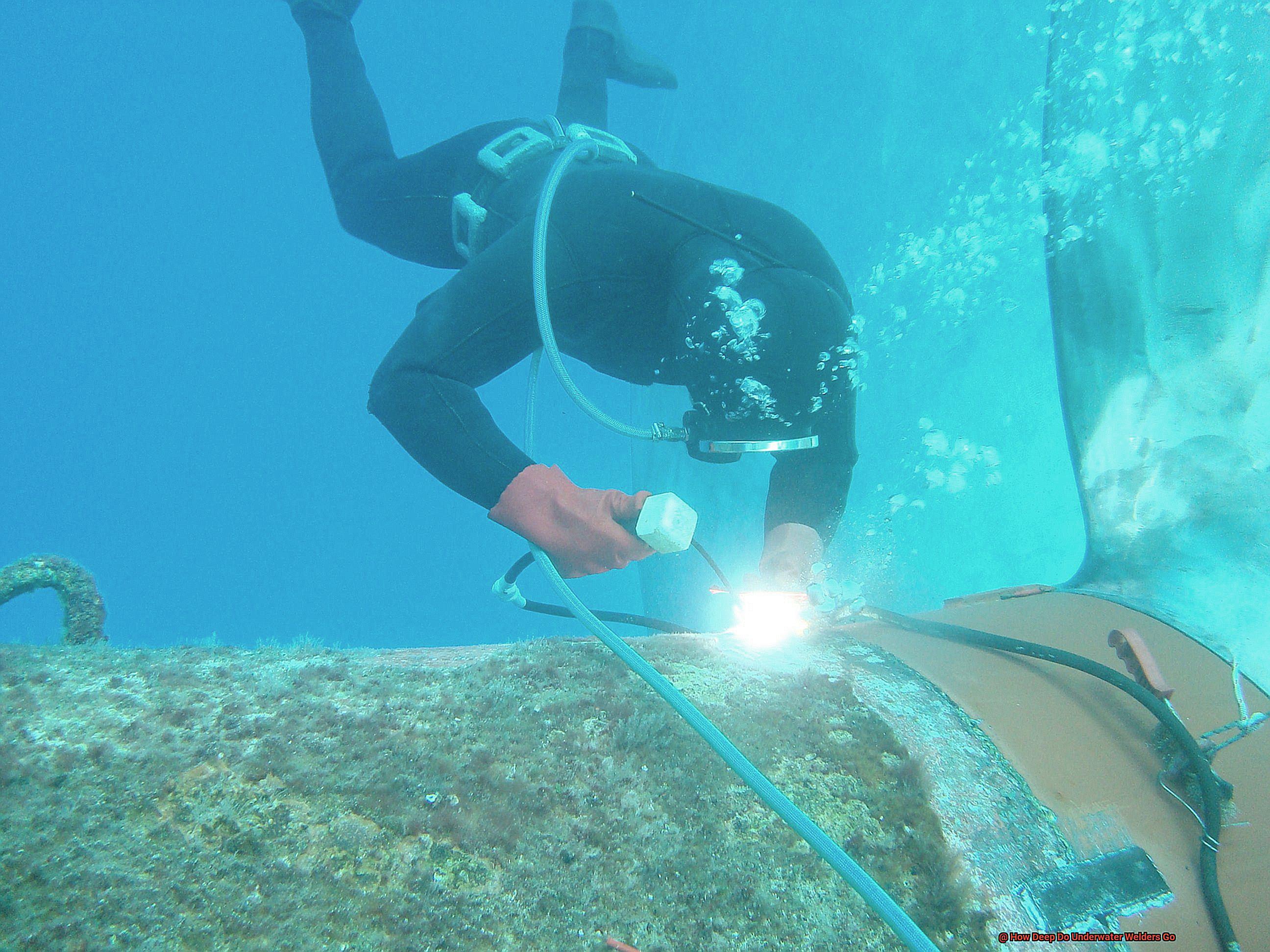
Another hazard of working at greater depths is limited visibility and communication due to murky water conditions. This can make it challenging for welders to see what they are working on and communicate effectively with their team members, increasing the risk of accidents and injuries.
To mitigate these risks, underwater welders must undergo extensive training and certification before they are authorized to work at greater depths. They must also follow stringent safety protocols and use specialized equipment such as dive helmets, umbilical cords, and decompression chambers to minimize their risks while working in hazardous underwater environments.
Welders must be aware of these hazards and undergo meticulous preparation to guarantee their safety while working in deep waters.
Special Equipment and Training Required for Deeper Dives
When it comes to the world of underwater welding, safety and success are paramount.
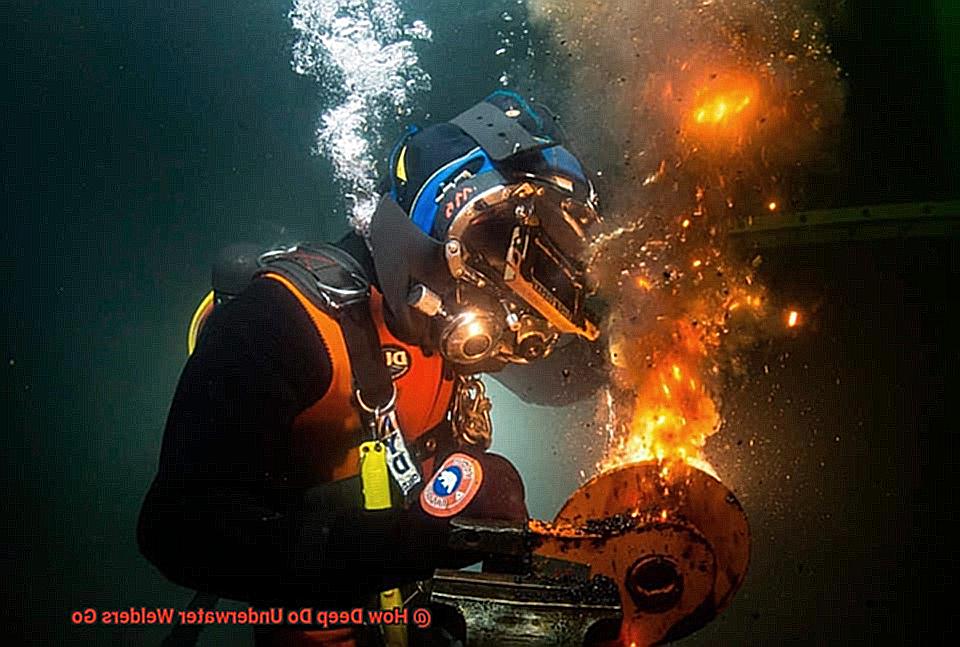
To achieve both, special equipment and training are required for deeper dives. The deeper the dive, the more pressure there is on the welder’s body, making it crucial to have the right tools and knowledge.
One indispensable piece of equipment for deep dives is a diving bell. This device provides a controlled environment for the welder to work in while at depth and a safer way to decompress when returning to the surface.
In addition to a diving bell, underwater welders need specialized diving suits that can withstand the pressure and cold temperatures of deeper waters. However, having the right equipment isn’t enough.
Training is also critical for deep dives. Underwater welders must undergo rigorous training in decompression procedures and emergency handling techniques that may arise underwater.
They must also be familiar with different welding techniques and materials specific to deeper waters. Becoming an underwater welder who can perform deep dives takes years of training and hands-on experience.
However, for those who are passionate about welding and enjoy working in challenging environments, it can be a rewarding career path.
qLcMkAzky24″ >
Conclusion
To sum up, underwater welding is a captivating and challenging career that requires specialized tools, training, and expertise.
Underwater welders face constant challenges in their work environment, including water pressure, limited visibility, and the possibility of encountering dangerous marine creatures. The depth at which they operate varies according to the project’s specifications; nevertheless, they must possess a unique set of skills that enables them to work efficiently and safely.
For deeper dives, specialized equipment such as diving bells and suits capable of withstanding high pressure and cold temperatures are necessary. Additionally, rigorous training in decompression procedures and emergency handling techniques specific to deeper waters is crucial for success.
However, despite these hazards, underwater welding remains a vital aspect of numerous industries such as maritime construction, offshore oil drilling, and infrastructure maintenance.
